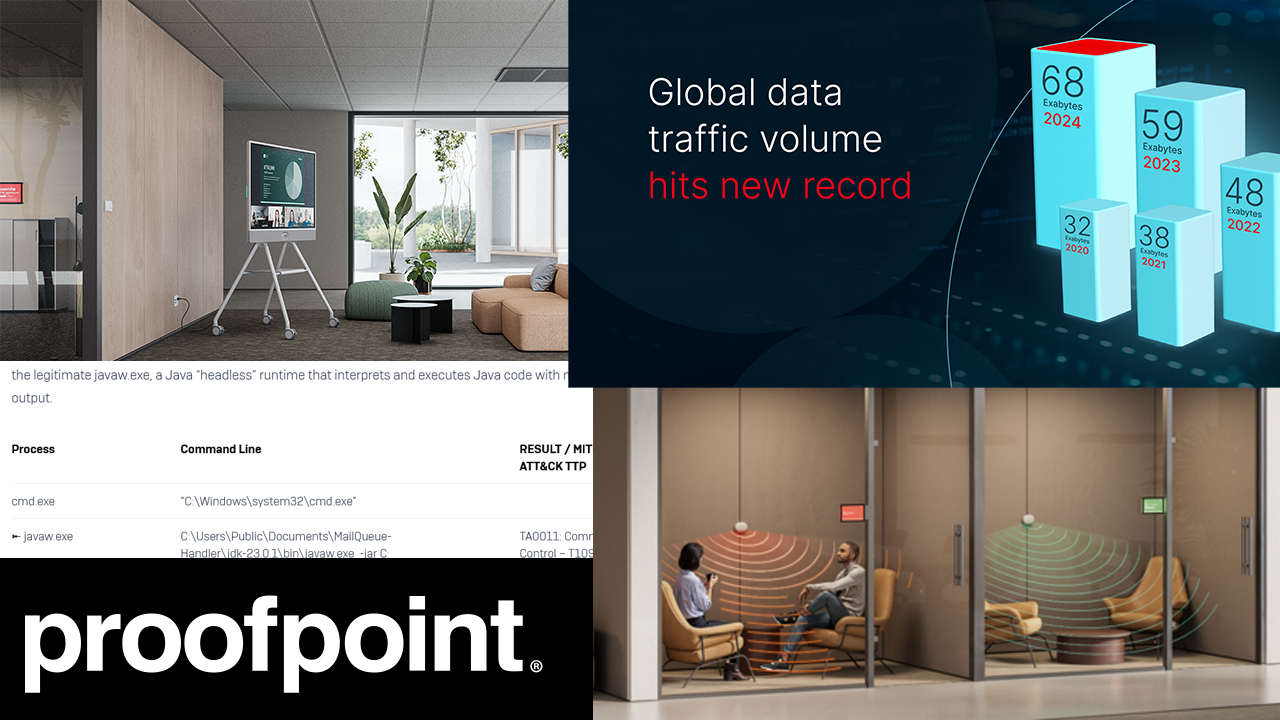The IP video surveillance and video surveillance as a service (VSaaS) market will reach $57.3 billion in 2020 as more organizations switch from analog systems to IP-based solutions, according to Allied Market Research (AMR). The report, “IP Video Surveillance and VSaaS Market (Technologies, Applications, Services, Geography) – Industry Analysis, Trends, Share, Opportunities and Forecast, 2012 – 2020,” notes that increasing awareness regarding the benefits of IP-based surveillance systems, favorable regulatory impositions and rising security concerns are the key factors expected to catalyze the growth of IP surveillance market.
The study states that many end users are becoming frustrated with the limitations of analog video systems, as only a select number of analog cameras can be added to an organization’s existing infrastructure. On the other hand, IP surveillance systems offer more flexibility and scalability features, such as video motion detection, frame rate control, automatic brightness control, internal storage memory and remote-zoom facility. These features are motivating end users to select IP surveillance over analog systems, especially in developing countries. For example, the IP video market in Asia Pacific is expected to grow the highest compound annual growth rate (CAGR) of 44.3 percent from 2013 to 2020.
AMR predicts North America will experience the highest share in IP surveillance market by 2020 with a value of $18.7 billion in 2020. AMR analysts expect the government and higher security segments to adopt IP surveillance systems at a faster pace, growing at a CAGR of 39.2 percent from 2013 to 2020. Banking and financial institutions are forecast to be the highest revenue-generating segment within the application market, while the IP surveillance hardware market is expected to be the highest revenue-generating segment with estimated revenues of $24.3 billion by 2020.
Rising security concerns and technological advancements worldwide will also serve as driving forces for the market. IP surveillance systems integrated with video analytics enable a high level of intelligence, therefore enhancing security. Such systems are showing higher adoption rates in security sensitive segments such as airports and casinos
The report also notes that because IP surveillance systems can be directly connected to the Internet, the solutions are more vulnerable to hackers. This is perceived to cause major concerns with respect to privacy of individuals, especially in continents such as North America and Europe where the privacy laws are comparatively stringent.
Analysts suggest educating the public on issues such as general norms and objectives of deploying surveillance systems, existing privacy laws, penalties and method of reporting for any breach of surveillance and privacy laws.
This article was originally published by our content partner CE Pro














